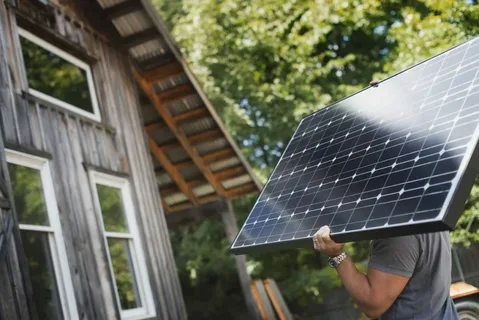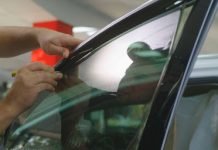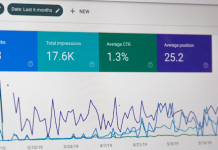As more people become conscious of how their actions and consumption patterns are impacting the environment, clean and green energy is gaining group rapidly. These energy sources typically come from natural sources such as the sun, wind, water, biomass and more, and they help to greatly reduce carbon emissions.
In this article, we will look at solar power, and how people can take advantage of it by setting up their only solar panel system. While this may seem like a daunting endeavour, we have compiled a few solar setup essentials that you should keep in mind, so you know what to expect.
Table of Contents
Calculate your power load
The first thing you need to do is to evaluate and calculate how much power you need from your solar panel system. The power load that is necessary for a home backup system will look very different from the energy consumption of a small van that is on a camping trip, for instance. One way you can do this is by reviewing your electricity bills. This will help you to estimate the total size of the solar panel system required to meet your energy needs.
Choose the solar panel array
When picking a suitable solar panel array for your needs, there are a few things to keep in mind. As mentioned above, you must first determine the system size that will sufficiently meet all your energy needs. The electricity demand you have, the more panels you require. Another thing you need to concern yourself with is the solar panel’s production ratio. Some solar panels will produce more electricity compared to other models.
Select the solar panel type
There are three primary types of solar panels. These are monocrystalline, polycrystalline, and thin film. Solar panels can also have varying designs, so you need to decide which types and designs suit your needs.
Monocrystalline: These panels consist of a single crystal of silicon. This type of panel has the highest efficiency ratings and the longest lifespan, but they are the most expensive.
Polycrystalline: These comprise of numerous tiny crystals called grains. They cost less because they are simpler to make, but they also have a lower efficiency rating. They also tend to be less portable.
Thin film: These have thin layers of photovoltaic materials on a sheet of metal, glass, or plastic. They are smaller, lightweight, and portable, but have the lowest efficiency out of the three.
Rigid: Rigid solar panels are ideal for permanent installations that do not require the panels to be portable. They also tend to be the most durable and weather resistant.
Flexible: These can curve to almost 250°, making them ideal for small vans and camper roofs that have less surface area. They are also lightweight, but the adhesive used to mount them may not be enough to keep them fixed in the case of severe weather.
Portable: They do not require a permanent installation. Instead, portable solar panels feature foldable, lightweight designs that can be set up anywhere. The setup is very simple, and users can move the panels throughout the day to capture the most amount of sunlight possible.
Gather all necessary tools and equipment
To successfully set up your solar panels, you will need to gather the necessary tools and equipment. These include:
- Wire strippers
- Wire crimpers
- Screwdrivers
- Battery-operated drills
- Fuses
Mount the solar panels
There are a variety of ways to install solar panels, but most people generally choose one of three ways – ground, roof, or pole mounts.
For ground mounts, you will have to install the solar panels along an angled metal construction that will help to pick up the most rays as the sun moves across the sky. Unlike roof mounting, you can adjust your ground mounting, so it is always facing the sun. However, this setup requires extensive land availability.
For roof mounting, it is angled toward the true south for the most sun exposure. It only takes up space on the roof, meaning it takes up less space. However, you must drill holes in order to install them. They are also hard to clean, but fortunately, the rain can take care of that.
Pole mounting refers to installing skyward facing 90° tilted panels on the sides of poles. This is ideal if you have a bank of panels being set up.
Connect solar panels to battery
With everything mounted and wired, you must connect the solar panels to the charge controller or power station. If you do not have a built-in charge controller, it must be manually connected. Once everything has been connected, a green LED indicator should light up indicating it is functioning. After connecting everything, it is recommended you do a test run to verify that the solar panels are working.
Bottom line
Right now, it is incredibly convenient to get started with utilising solar energy. As more people become aware of their environmental impact, the use of green energy is only going to rise. Although it can be challenging, installing your own solar panel system is more than possible, and can be very rewarding. So long as you are working with high-quality and compatible products, you should be able to set up your own solar power system in no time.








